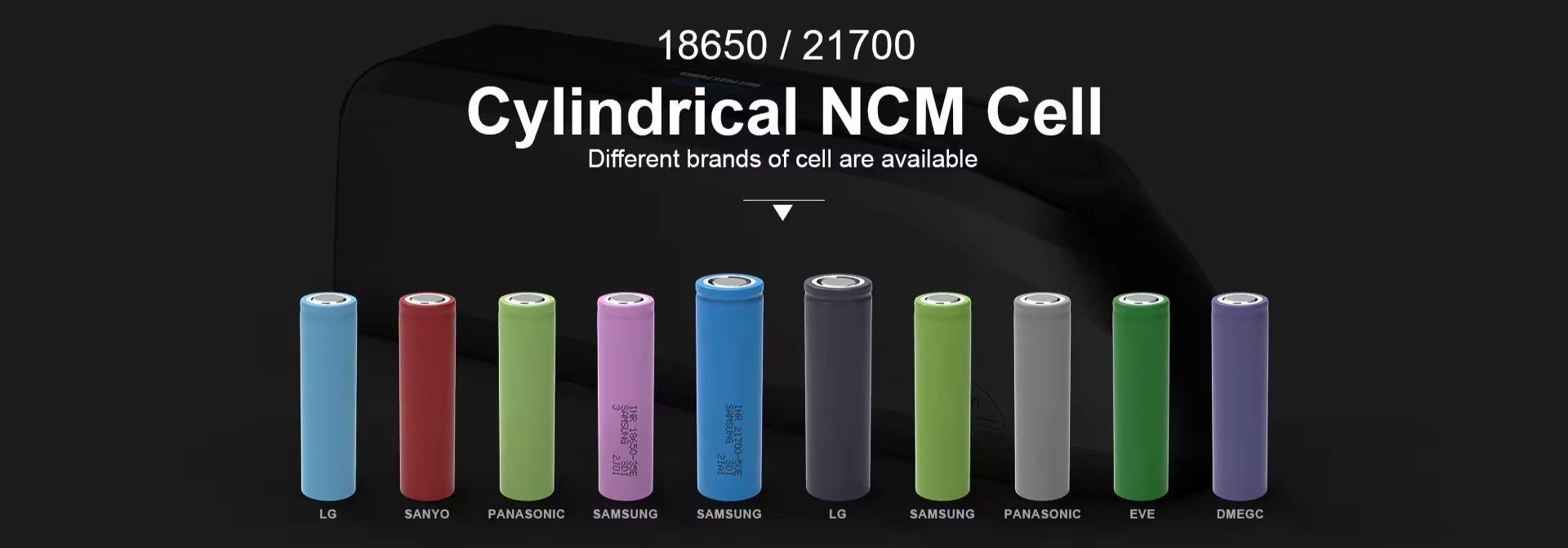1. Dangers of lithium-ion batteries
High chemical activity
Lithium is a first-group element in the second period of the periodic table and has extremely active chemical properties.
High energy density
Lithium-ion batteries have extremely high specific energy (≥140Wh/kg), which is several times that of secondary batteries such as nickel-cadmium and nickel-metal hydride. If a thermal runaway reaction occurs, a large amount of heat will be released, which can easily lead to unsafe behavior.
Application of organic electrolyte system
The organic solvent of the organic electrolyte system is a hydrocarbon, which has a low decomposition voltage, is easily oxidized, and the solvent is flammable; if leakage occurs, it will cause the Battery to catch fire or even burn and explode.
High probability of side effects
During normal use, lithium-ion batteries undergo a positive chemical reaction in which electrical energy is converted into chemical energy. However, under certain conditions such as overcharging, overdischarging, or overcurrent operation, chemical side reactions are likely to occur inside the battery; when side reactions intensify, they can seriously affect the performance and life of the battery, and may generate a large amount of gas, causing the internal pressure of the battery to rise rapidly and explode and catch fire, causing safety issues.

The electrode material structure is unstable
The overcharge reaction of lithium-ion batteries will change the structure of the positive electrode material and cause the material to undergo strong oxidation, leading to strong oxidation of the solvent in the electrolyte; and this reaction is irreversible. If the heat generated by the reaction accumulates, there will be a risk of thermal runaway.
2. Analysis of the causes of safety issues of lithium-ion battery products
Battery material issues
The materials used in batteries include: positive electrode active materials, negative electrode active materials, separators, electrolytes and shells. The selection of materials and the matching of the system determine the safety performance of the battery. When selecting positive and negative electrode active materials and separator materials, manufacturers did not conduct a certain evaluation of the characteristics and matching of the raw materials, resulting in inherent deficiencies in battery safety.
Production process problems
The inspection of raw materials for battery cells is not strict and the production environment is poor, resulting in impurities mixed in during production, which is not only detrimental to the capacity of the battery, but also has a great impact on the safety of the battery; in addition, if too much water is mixed into the electrolyte, side reactions may occur, causing the internal pressure of the battery to increase, affecting safety; due to the limitations of the production process, there are situations in the production process of battery cells that cannot achieve good consistency, such as poor flatness of the electrode matrix, shedding of electrode active substances, mixing of other impurities in the active substances, loose welding of the pole ears, unstable welding temperature, burrs on the edges of the pole pieces, and failure to use insulating tape in key parts, all of which may have an adverse effect on the safety of the battery cells.
Battery cell design defects, reduced safety performance
In terms of structural design, many key points that affect safety have not been taken seriously by manufacturers, such as the lack of insulating tape on key parts, the lack of margin or insufficient margin in the diaphragm design, unreasonable design of the positive and negative electrode capacity ratio, unreasonable design of the positive and negative electrode active material area ratio, unreasonable design of the pole ear length, etc., which may bury hidden dangers to the safety of the battery. In addition, in the process of battery cell production, some battery cell manufacturers try to save and compress raw materials to save costs and improve performance, such as reducing the diaphragm area, thinning copper foil and aluminum foil, not using pressure relief valves and insulating tape, etc., which will reduce the safety of the battery.
Energy density is too high
The current market is pursuing higher capacity battery products. In order to increase product competitiveness, manufacturers continue to increase the volume energy of lithium-ion batteries, which greatly increases the danger of batteries.
3. Safety Technology
Choose raw materials with higher safety factor
Select positive and negative electrode active materials, separator materials and electrolytes with higher safety factors.
Selection of positive electrode materials: thermodynamic stability, chemical stability and physical properties of the material.
Selection of diaphragm materials: electronic insulation, pore size and porosity, chemical stability, automatic shutdown protection function, small thermal shrinkage and deformation, thickness, and physical strength.
Selection of electrolyte: good chemical stability, good electrochemical stability, high lithium ion conductivity, wide liquid temperature range, safe and non-toxic.
Strengthen the overall safety design of battery cells
The structural design of battery cells not only affects the performance of various materials, but also has an important impact on the overall electrochemical performance and safety performance of the battery.
Protection device: Use switch elements and set safety valves (pressure relief devices).
Positive and negative electrode capacity ratio and design size: Select the appropriate positive and negative electrode capacity ratio and design the sheet size.
The margin of the diaphragm width: prevents the positive and negative electrodes from directly contacting each other and causing internal short circuit.
Insulation treatment: Set up necessary measures or insulation at key locations.
Install a safety valve (pressure relief device): Rationally design the pressure relief device to reduce the risk of explosion.

Improve the process level
We strive to standardize and normalize the production process of battery cells. We establish standardization in processes such as mixing, gluing, baking, compacting, slitting, and winding, improve process means, do a good job of process control, ensure process quality, and reduce differences between products; set up special processes in key processes that affect safety, implement standardized quality monitoring, eliminate defective parts, and exclude defective products; keep the production site clean and tidy, implement 5S management and 6-sigma quality control, eliminate impurities and moisture from mixing into production, and minimize the impact of unexpected situations in production on safety.
Related News
- High-Performance 12V Battery Packs | Reliable Energy Solutions
- Home Energy Storage Systems in 2025 Trends, Benefits, and Market Outlook
- The Five Fundamental Design Principles for Energy Storage Cabinets
- Safety Guide for Homes with Solar Power Generation, BESS and EVs
- How Long Do Electric Vehicle Batteries Last? Comparing Lead-Acid & Lithium
- Application of lithium battery in ship
- How to transport lithium batteries more safely?
- New Trends in the Home Energy Storage Market
- This article will show you the difference between prismatic and cylindrical batteries
- What is cell balancing in batteries?







